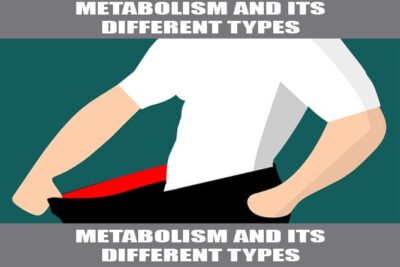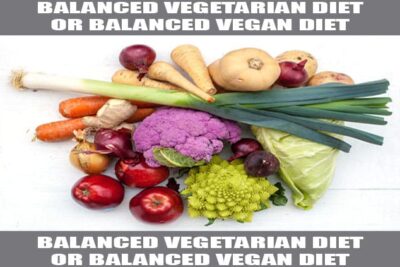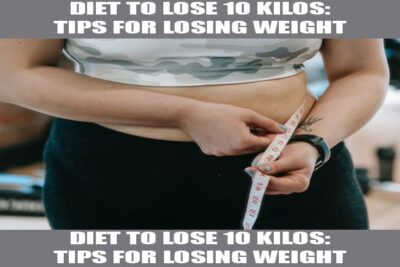
High fiber diet: What is it? and high-fiber foods
What is a diet rich in fiber?
It is a healthy diet that involves eating plenty of fiber-rich foods such as fruits, vegetables, legumes, and whole grains. This promotes regular bowel movements and reduces the risk of constipation or other digestive problems. When we eat too many unhealthy foods, our digestion suffers. Fruits, vegetables, and other high-fiber foods help cleanse your digestive tract, making it less likely to become blocked.
Experts suggest eating high-fiber foods as often as possible. These foods include oatmeal, oat bran, barley, and brown rice. Some high-fiber grains are available, including brown rice, quinoa, barley, bulgur, and wild rice. These foods can also be added to other dishes, although experts recommend that they be used in their purest form.
The amount of fiber you need daily varies from person to person. The average person needs about eight grams of fiber per day for optimal digestive health. A recommended daily fiber intake is two to four grams of fiber per cup of coffee or tea. Since you drink most of your coffee or tea with sugar, using a sugar-free version of your favorite beverage can help reduce the amount of sugar you eat. To sweeten your drinks, use natural sweeteners like honey.
fiber types
1. Soluble Fiber
Soluble fiber is made from plants and comes from apples, pears, blackberries, prunes, and other fruits. Other fruits, like artichokes, have high amounts of one type of fiber, while others, like barley, have high amounts of both soluble and insoluble fiber.
2. insoluble fiber
Insoluble fiber comes from beans, peas, nuts, and whole grains. Both types of fiber can be found in various amounts in fruits and vegetables. Some fruits, like blueberries, have high amounts of soluble and insoluble fiber.
Benefits of a high fiber diet
People in many countries, particularly in the Western world, are becoming more aware of the health benefits of following a high fiber diet. This diet is particularly important for people who want to avoid certain diseases, such as obesity and diabetes. It can help reduce your risk by reducing your appetite, as well as helping to control your cholesterol levels and slow down the emptying of your intestines. High-fiber foods can also help you feel full longer, so you can keep eating healthy foods for longer.
When following a high-fiber diet, it's not just the food you're eating that matters, but also how the food is prepared. Fiber that your stomach does not break down properly will not have the same beneficial effect on your body as food that has been properly digested and absorbed. Foods made from whole grains, fresh vegetables, beans, nuts and seeds, fruits high in vitamin E, whole-wheat pasta, brown rice, and whole-grain breads are nutrient-dense, making them a great addition to a diet. healthy, However, some of these foods contain a type of fiber known as "short-chain fatty acids."
high fiber foods
Vegetables
- Lettuce, chard, raw carrots, spinach
- Cooked tender vegetables, broccoli, artichokes, pumpkin
- Potatoes, green beans and vegetable juices
- Asparagus, beets, mushrooms, turnips and pumpkin.
Fruit
- Apples, bananas, peaches, pears, tangerines,
- Plums, figs, nuts, kiwis, berries
Legumes
- Black beans, Dry peas, Kidney beans, Broad beans, Chickpeas
- Walnuts, sunflower seeds, almonds, pistachios and walnuts
To round out your high-fiber diet, add plenty of water. Drinking water will keep your digestive system healthy and working properly. Water helps soften stool, making it easier for it to pass through your digestive system and eliminate waste. Since waste is eliminated from your body on a daily basis through your digestive system, drinking water keeps your digestive system running smoothly and efficiently. If you follow a healthy diet plan, you will experience a decrease in the symptoms associated with hemorrhoids.






























Content that may interest you